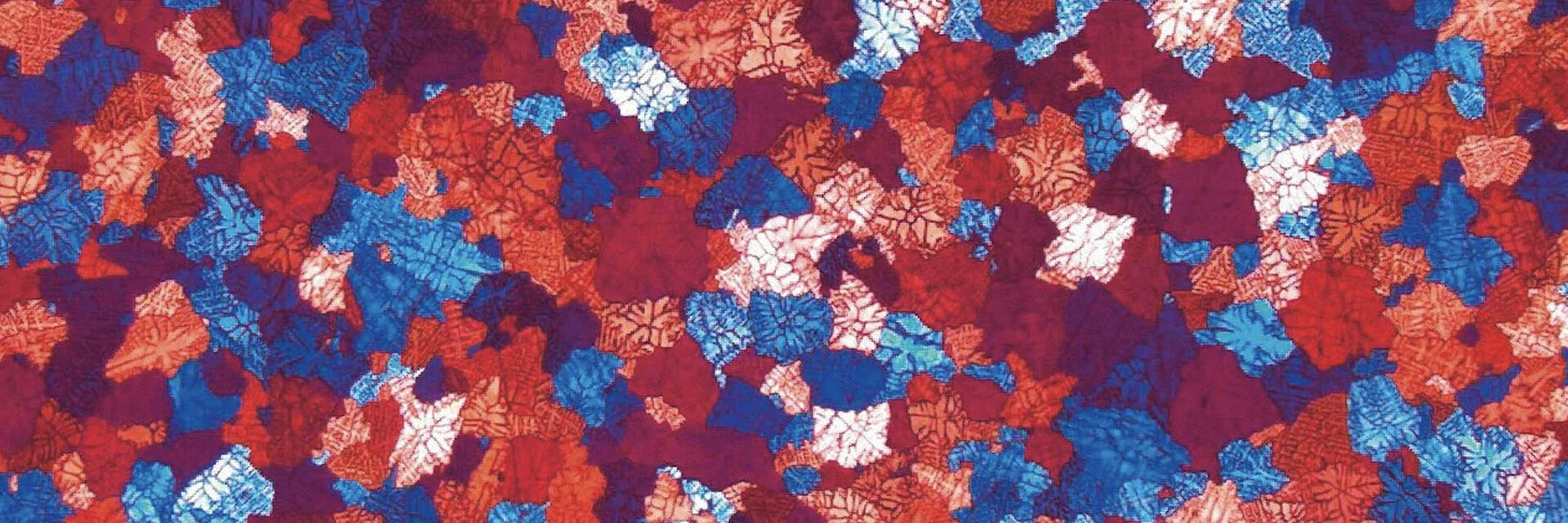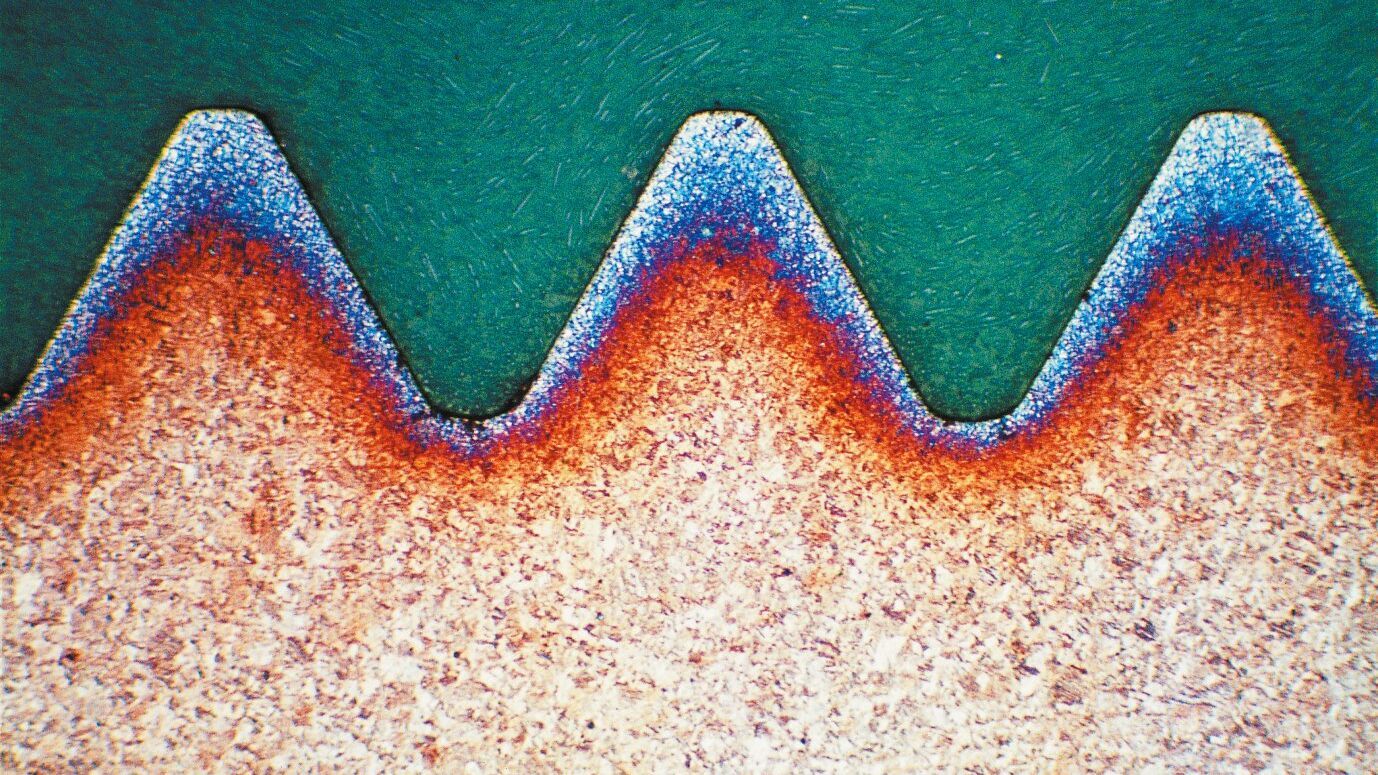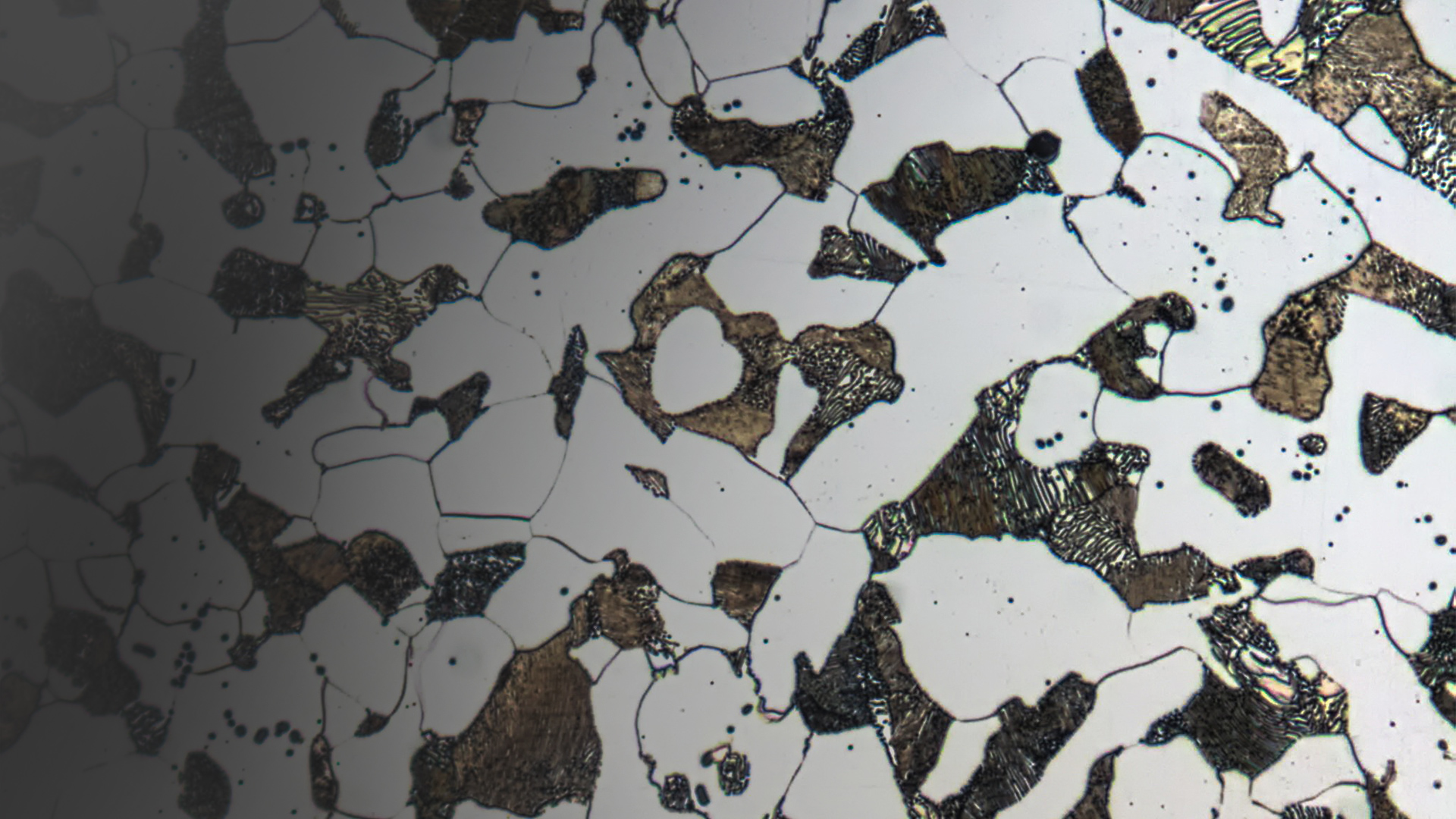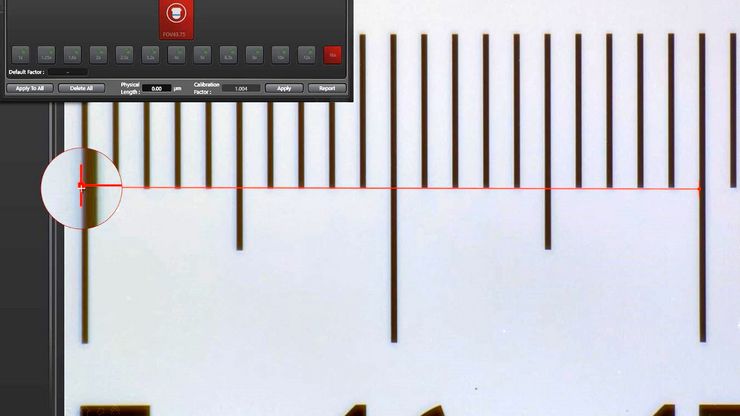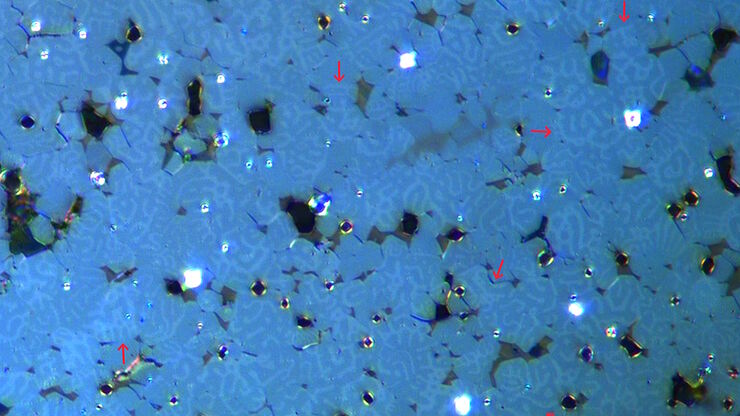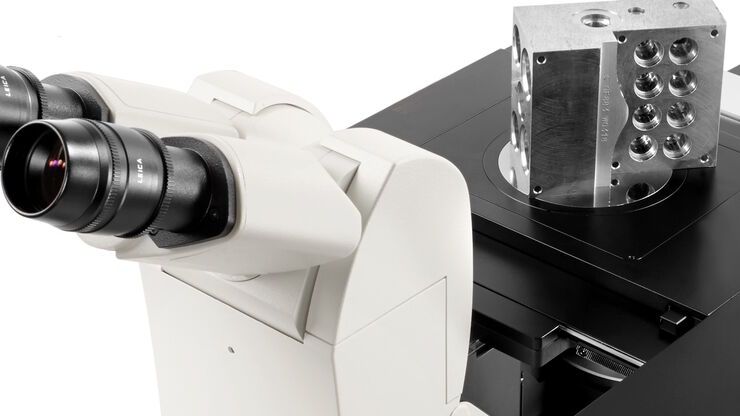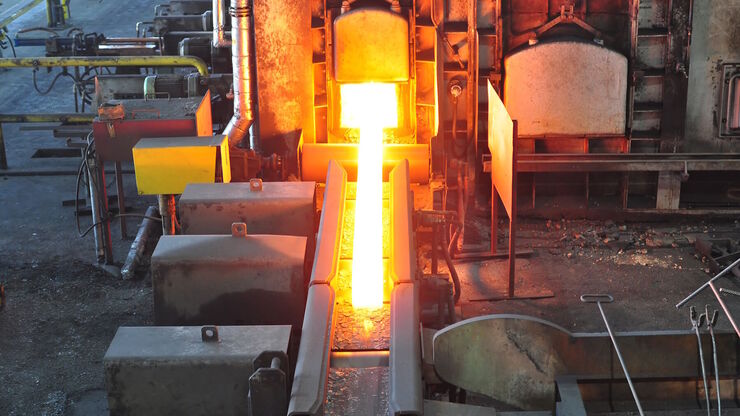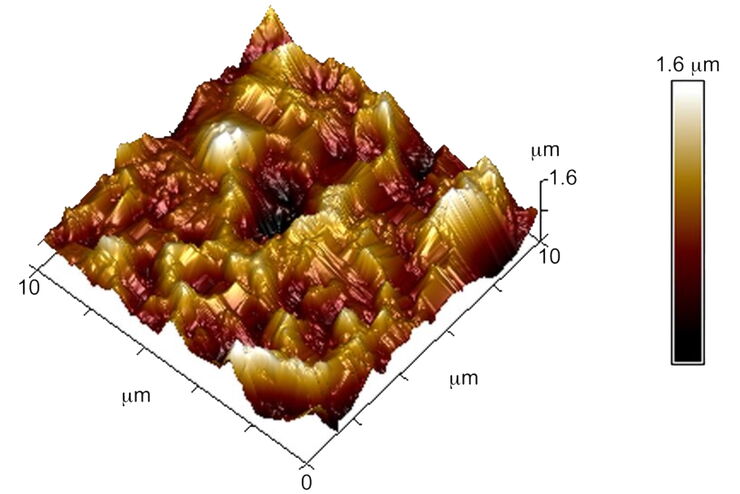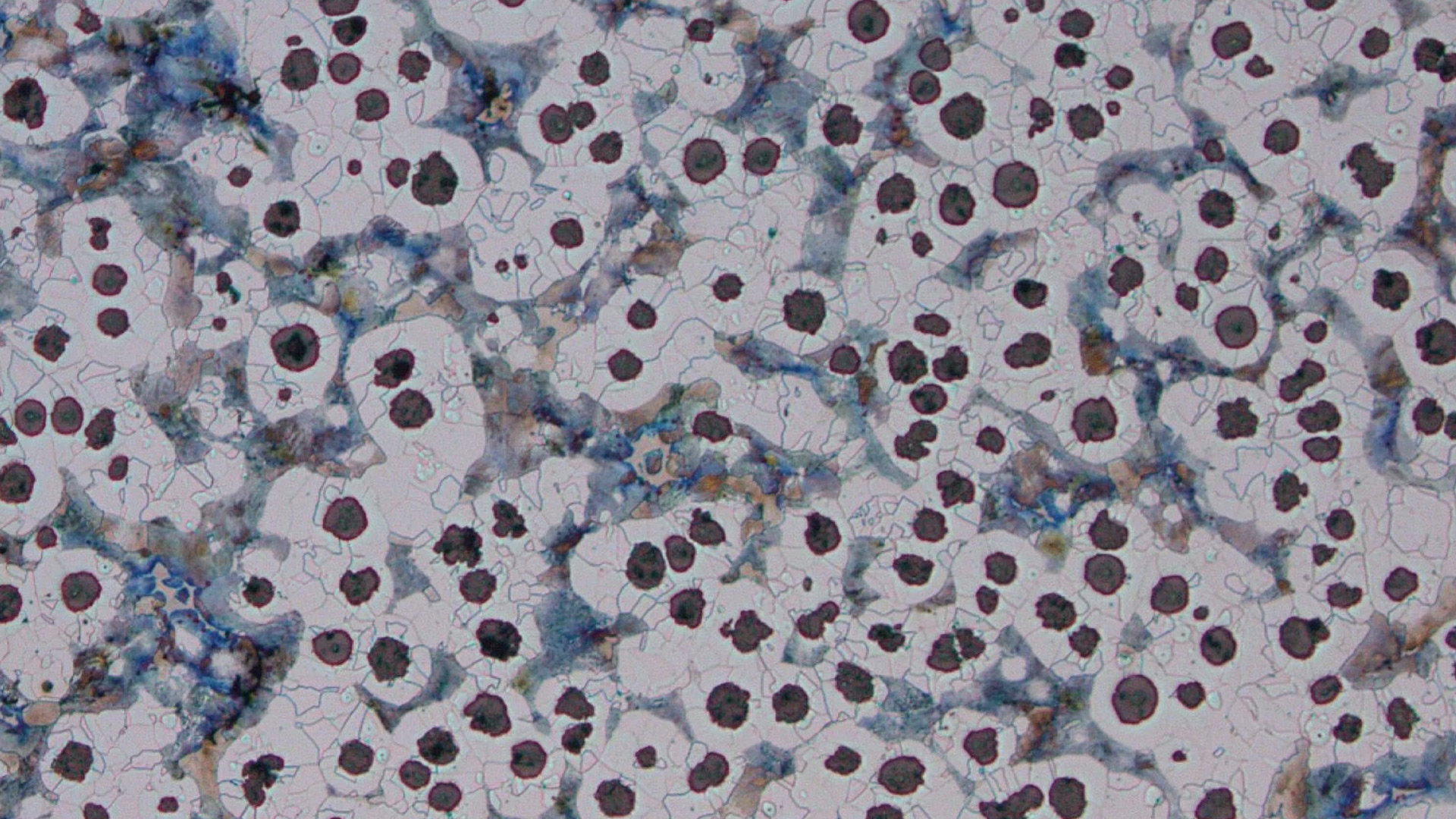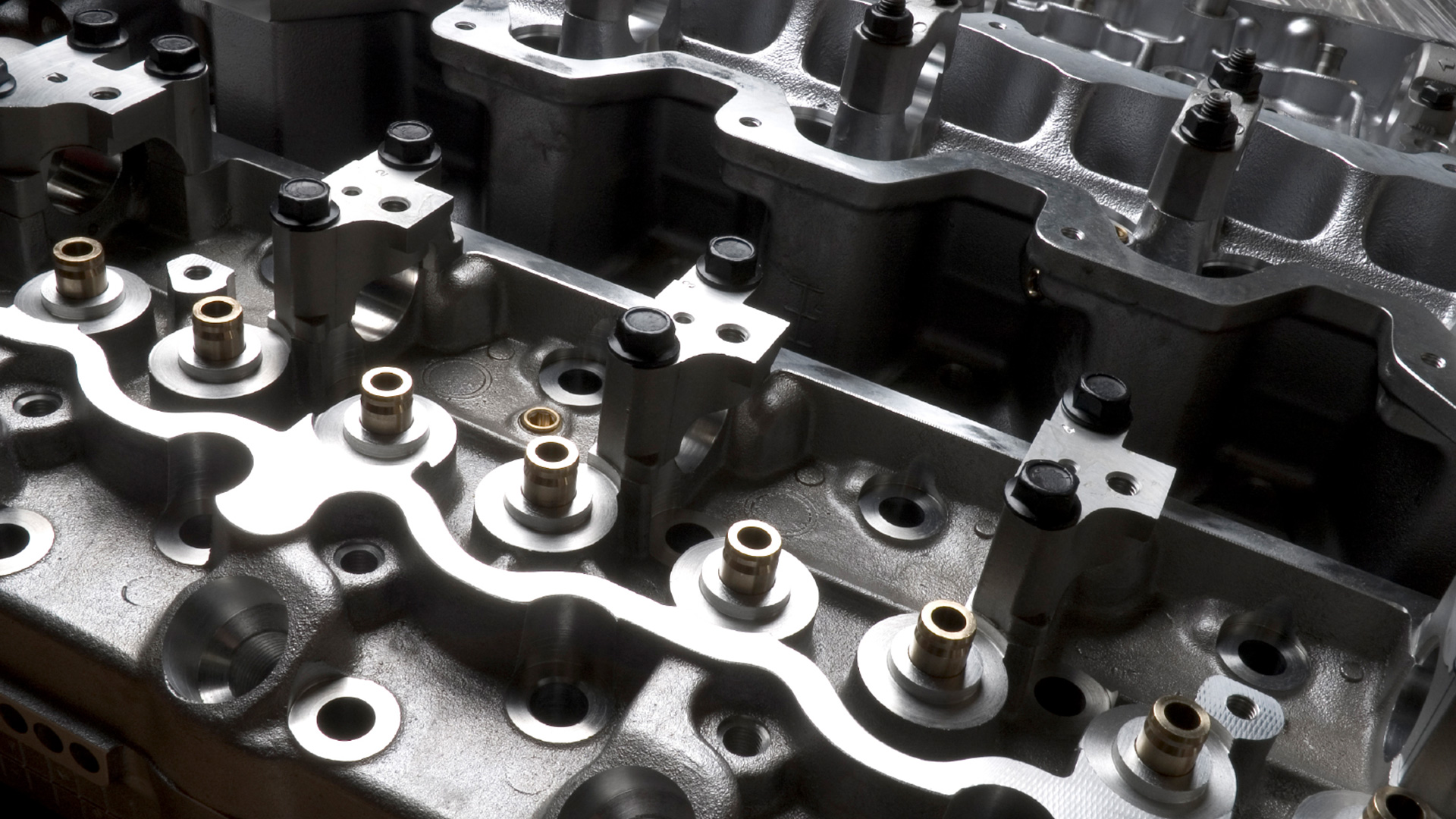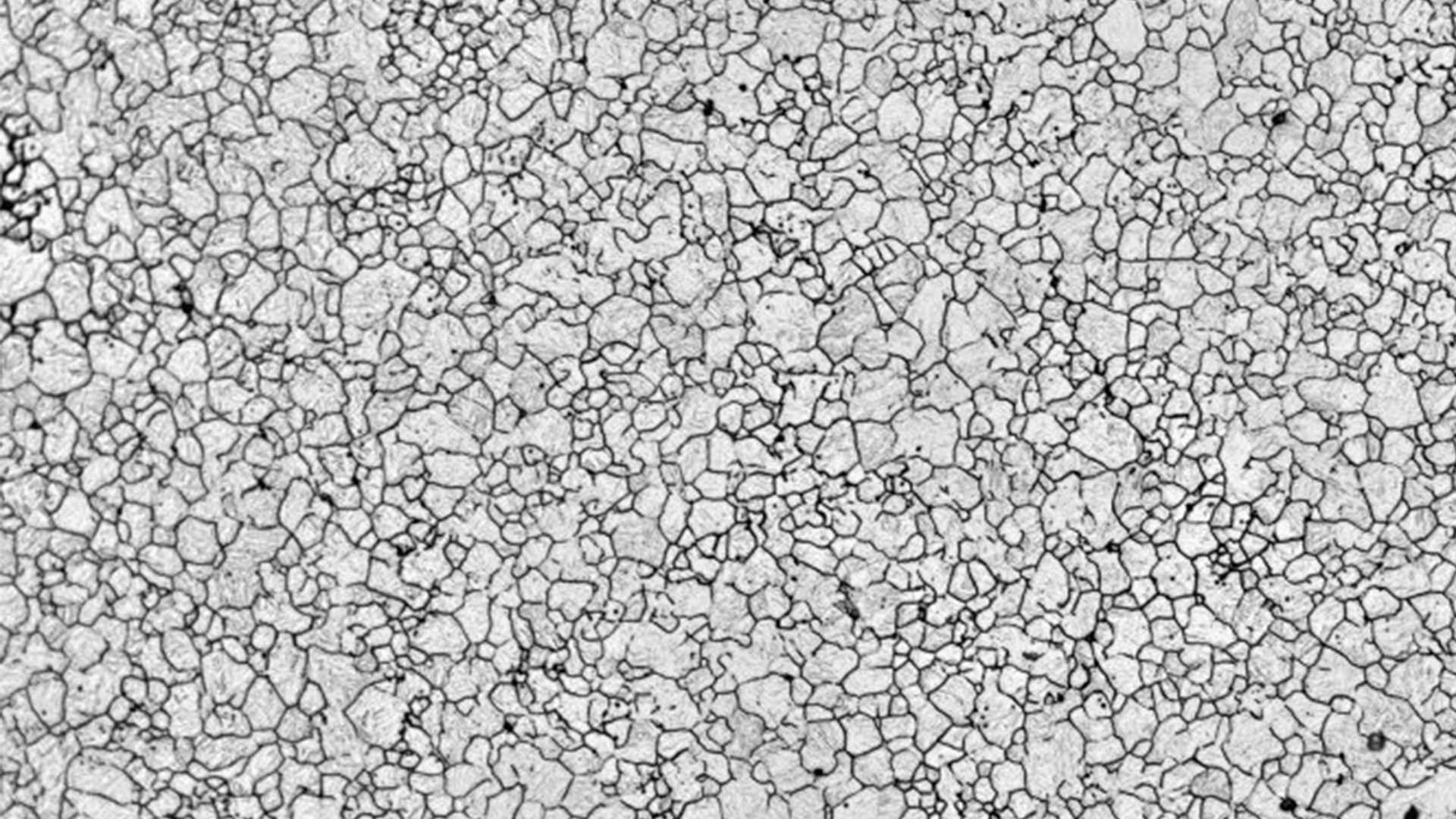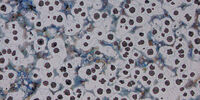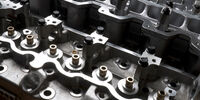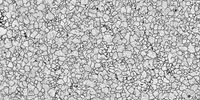Metallography
Metallography concerns the microstructure of metals and alloys. It is about determining the composition, size, and distribution of grains, inclusions, and phases. Leica metallographic microscopes enable imaging with high resolution and contrast and automated image analysis. They help you gain insights into metals and alloys.
Please contact us if you would like to have personal expert advice on our microscopy solutions for metallography.
How can I improve image contrast for metallographic samples?
Enhancing visibility and reducing glare helps to clearly reveal the microstructural details of metals and alloys. To achieve this goal, users can take advantage of the different contrast methods offered with Leica metallographic or metallurgical microscopes. Examples are brightfield, darkfield, polarized light, and DIC (differential interference contrast) illumination.
How do I perform quantitative analysis and standard-compliant documentation of microstructures?
LAS X Industry software provides quantitative tools for grain size, phase analysis, and inclusion ratings, and generates standardized reports in compliance with international and country specific standards. This capability improves the accuracy, repeatability, and consistency of metallographic analyses.
How can you improve your analysis of metal alloys with the help of Leica metallographic microscopes?
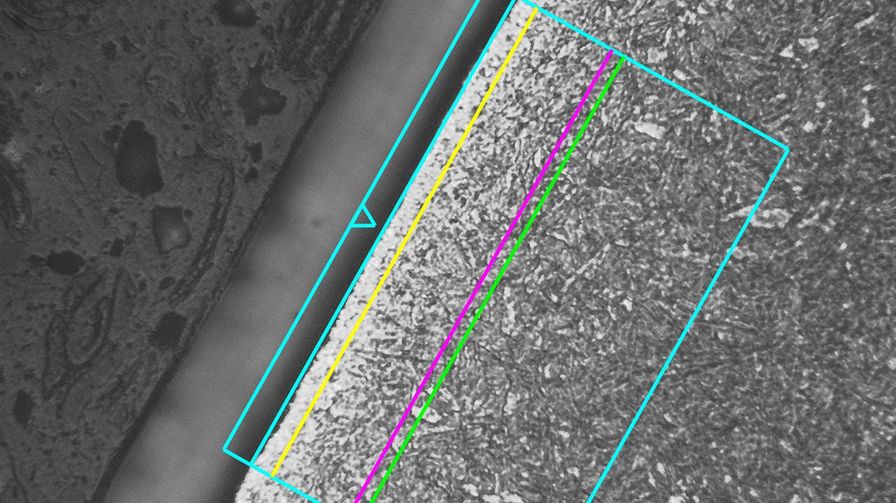
Visualize fine details
Leica microscopes provide brightfield, darkfield, DIC, oblique, and polarized-light illumination options, allowing users to visualize fine microstructural details in reflective metallic samples.
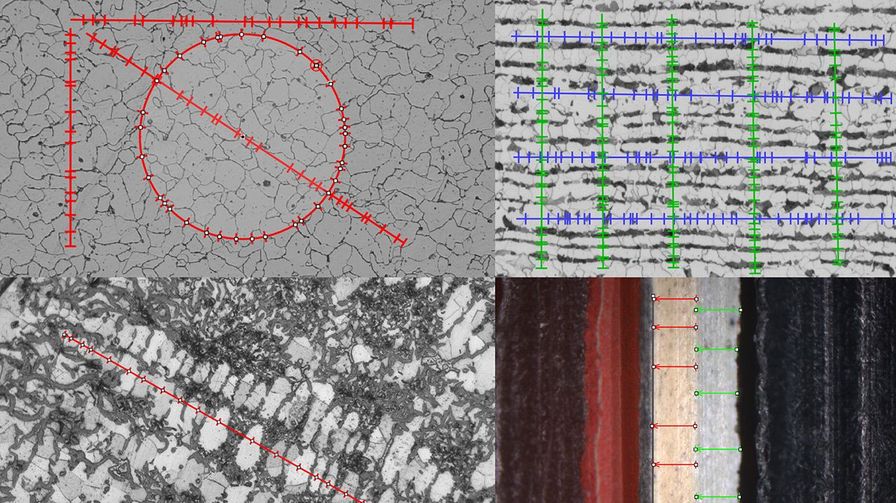
Get faster results with LAS X Metallography Toolbox
The LAS X Metallography Toolbox, an add-on to the LAS X Industry software, simplifies manual tasks for deriving calibration parameters from measurements. Examples are baseline lengths, lineal intercepts, point counting, segments of circles, or multi-layer coating thickness.
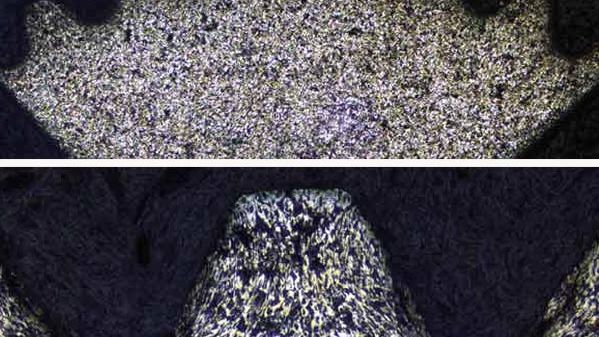
Versatile solution
Leica upright and inverted microscopes accommodate various sample types and sizes, from thin sections to bulky components.
Get your individual solution based on 3 short questions.
Dedicated configurations are available for your specific needs. Answer the short questionnaire to find the right solution for your needs. If you would rather have a representative contact you, then please click here to fill out your contact information.
Contact us{{ question.questionText }}
Please select an answer!
Best Match
{{ resultProduct.header }}
{{ resultProduct.subheader }}
{{ resultProduct.description }}
{{ resultProduct.features }}
Request Your Information Package
Our Solutions for Metallographic Analysis
DMi8 C | DMi8 A | DM6 M | DM4 M | Visoria M | |
| Nosepiece | Coded | Motorized | Motorized | Coded | Coded |
| Contrast Methods | Coded | Motorized | Motorized | Motorized | Coded |
| Illumination Management | Available | Available | Available | Available | Available |
| Supported Contrast Methods | IL: BF, DF, Pol, DIC, Oblique (Fluorescence) TL: BF, DF, Phase, Pol | IL: BF, DF, Pol, DIC, Oblique (Fluorescence) TL: BF, DF, Phase, Pol | IL: BF, DF, Pol, DIC (Fluorescence) TL: BF, DF, Phase, Pol | IL: BF, DF, Pol, DIC, (Fluorescence) TL: BF, DF, Phase, Pol | IL: BF, DF, Pol, DIC, Oblique (Fluorescence) TL: BF, DF, Phase, Pol |
| Z-drive | Manual | Motorized | Motorized | Manual | Manual |
| XY-Stage | Manual | Motorized | Motorized | Manual | Manual |
| Supported Software | LAS X Industry | LAS X Industry | LAS X Industry | LAS X Industry | Enersight / LAS X Industry* |
* LAS X Industry has limited device support for Visoria M
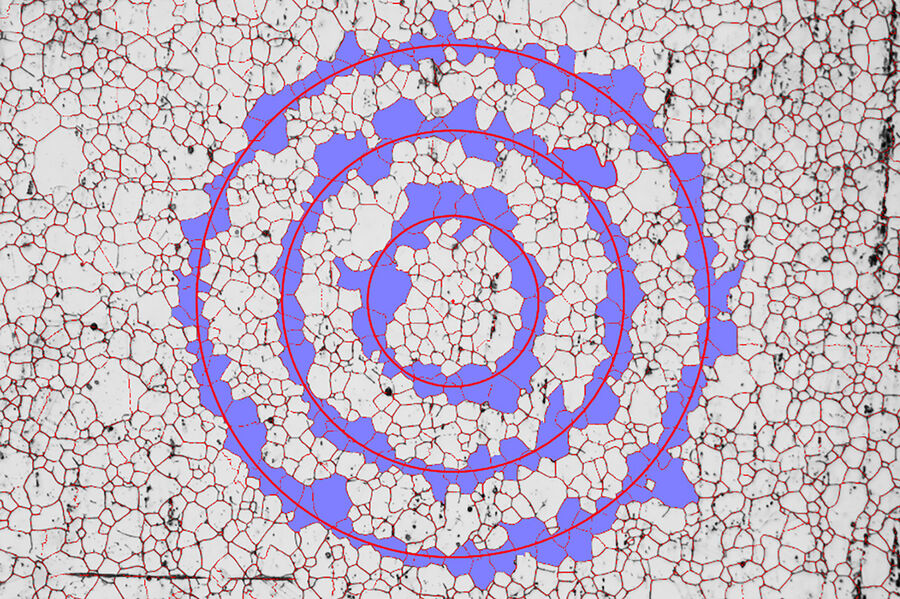
Grain size analysis
One important characteristic that influences the metal or alloy quality is grain size. Analyzing the grain size enables users to gather information about the tensile and yield strength, elongation at fracture, and the ductile-brittle transition temperature of metals and alloys. These characteristics heavily influence the performance.
Especially for complex alloys or materials, microscopes with the capability of automatically switching between several contrast methods can greatly help increase the efficiency of grain-size and -density analysis.
LAS X Grain Expert is a module dedicated to the structural analysis of steel and other ferrous alloys.
Phase analysis
Phase analysis enables users to determine the number and nature of phases in the microstructure of metals and alloys.
Application examples include particle-density analysis of dispersed solids in alloys or the ratio of extractable ores in minerals. In the automotive industry, porous surfaces of catalysts and the honeycomb structure in light-weight construction materials could be performed with phase analysis.
Similar to grain analysis, the more complex the material analyzed, the more convenient it is to use a microscope with a partially or fully automated way to change illumination or contrast methods. The advantage is reproducible illumination and contrast settings leading to reliable results.
The software module LAS X Phase Expert is for the analysis of multiple phases and microstructure components.
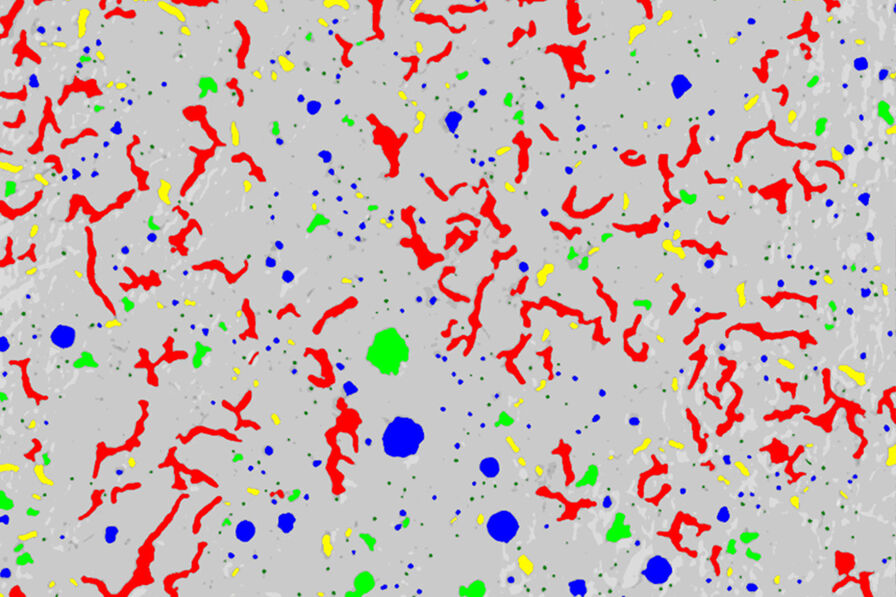
Cast iron analysis
To determine the quality of cast iron, it is necessary to analyze the graphite microstructure. A wealth of information can be obtained about the shape, size, and distribution of graphite in nodular/ductile and vermicular/compacted cast irons.
The LAS X Cast Iron Expert software is dedicated to graphite and ferrite/pearlite analysis.
Frequently Asked Questions Metallography
Leica metallographic microscopes offer multiple contrast and illumination methods. Brightfield is useful for analyzing grain boundaries on etched samples. Darkfield is useful for identifying scratches and artifacts. Polarized light is useful for non-ferrous alloys and Barker's etched samples. DIC is useful for analyzing phase differences and surface structures.
Metallography is the study of the microstructure of all types of metals and metallic alloys. More precisely, it is the scientific observation and determination of the composition, crystalline structure, and spatial distribution of grains, inclusions, and phases. Many important macroscopic properties of metals are greatly influenced by the microstructure, e.g., tensile strength, elongation, and thermal or electrical properties. Understanding the relationship between microstructure and macroscopic properties is critical for the development, manufacture, and application of metallic alloys.
Metallurgy involves the study of the physical and chemical properties of metals and metallic alloys. It mainly concerns the design, development, and production of metals and alloys used in consumer products. The knowledge gained from metallography about metallic microstructure is very useful for metallurgy.
Metallurgy is the characterization, design, development, and production of metals and metallic alloys, while metallography is limited to the study of metallic microstructure.
A metallographic microscope (also known as a metallurgical microscope) takes advantage of different optical microscope techniques to reveal the microstructure of metals and alloys.
Examples include incident brightfield illumination as wells as less common contrast methods, like darkfield, differential interference contrast (DIC), and color (tint) etching.
